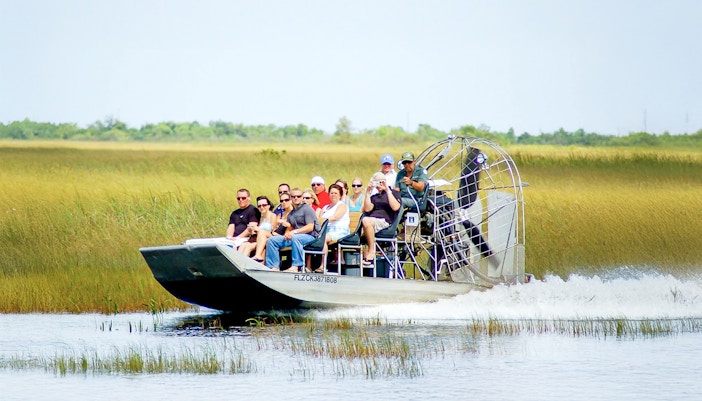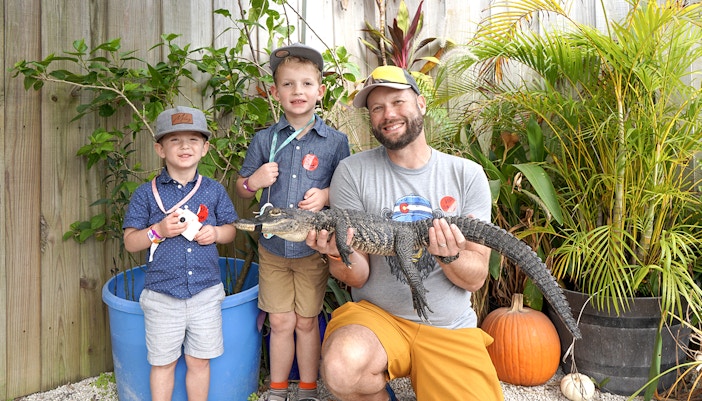The Everglades is one of the best places in the world to see American Alligators in their natural habitat. They can often be spotted sunbathing on riverbanks or gliding silently through the water.
Animals at the Everglades
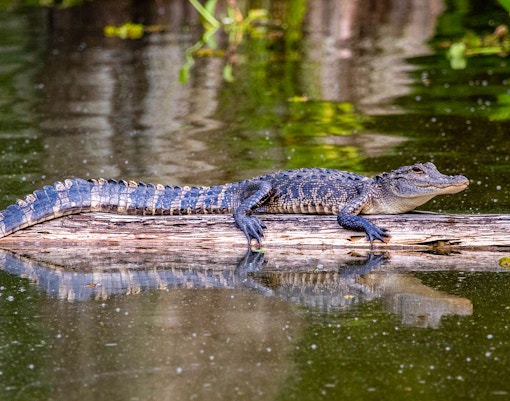
American Alligator

American Crocodile
Rare and mostly found in the southern, coastal parts of the Everglades, the American Crocodile is a protected species. Unlike gators, they prefer brackish water and have longer, V-shaped snouts.
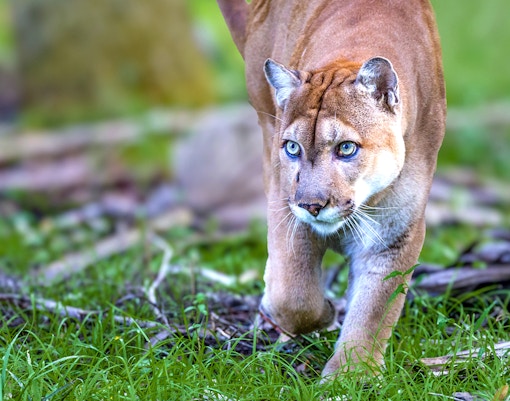
Florida Panther
This endangered subspecies of cougar is incredibly elusive and rarely seen in the wild. They live in the upland forests and swamps of the Everglades, playing a crucial role in the ecosystem.
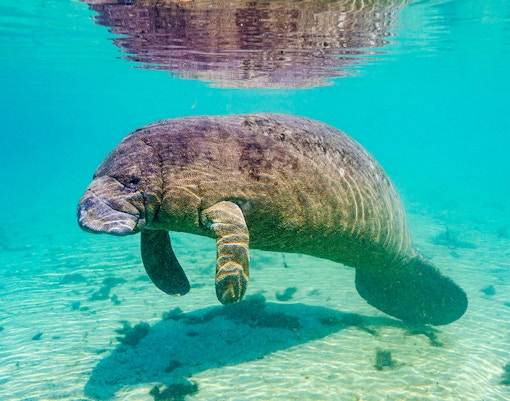
West Indian Manatee
These gentle giants, often called “sea cows,” are commonly seen in the warmer waters of the Everglades during winter months. They’re slow-moving herbivores that feed on seagrasses and aquatic plants.

Roseate Spoonbill
Easily identified by its bright pink plumage and flat, spoon-shaped bill, this bird adds a splash of color to the wetlands. It wades through shallow water, sweeping its bill side to side to catch small fish and crustaceans.
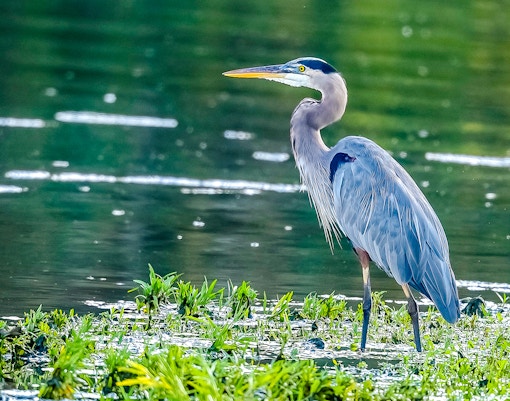
Great Blue Heron
One of the largest and most majestic birds in the Everglades, the Great Blue Heron is a patient hunter. You’ll often see it standing still near water, waiting to strike at fish with its long beak.

Anhinga
Nicknamed the “snakebird” for its long neck, the Anhinga often swims with only its head above water. After diving for fish, it spreads its wings to dry in the sun.
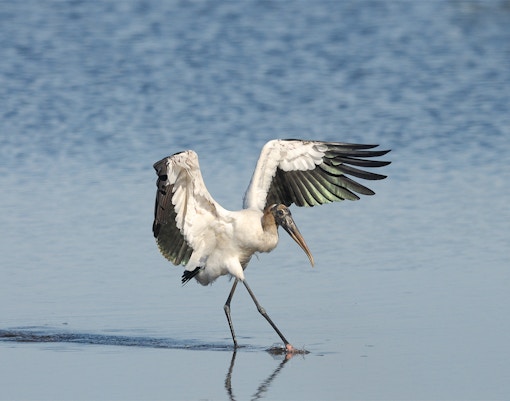
Wood Stork
This large, bald-headed wading bird is federally endangered but can still be seen in the Everglades. It relies on shallow water to find fish and uses a unique snap-hunting technique with its beak.

Snail Kite
Found almost exclusively in the Everglades, the Snail Kite feeds almost entirely on apple snails. Its curved beak is perfectly adapted for extracting snails from their shells.
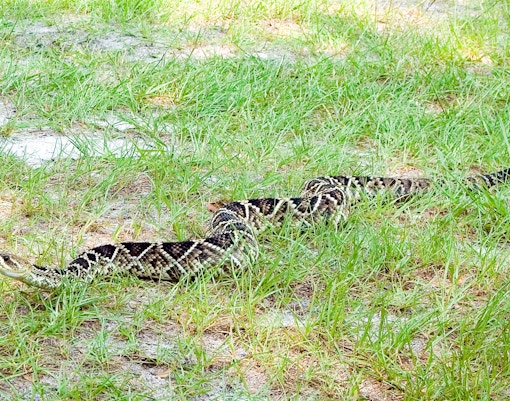
Eastern Diamondback Rattlesnake
The largest venomous snake in North America, the Eastern Diamondback is a powerful predator. Though dangerous, it prefers to avoid humans and will use its rattle as a warning.
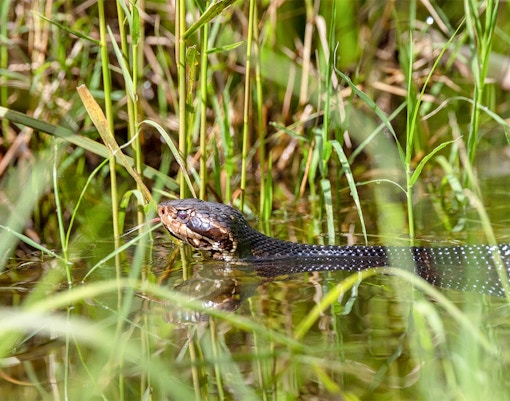
Florida Cottonmouth (Water Moccasin)
This semi-aquatic venomous snake is often seen near swamps and streams. It’s known for opening its mouth to show its white interior as a defense mechanism.
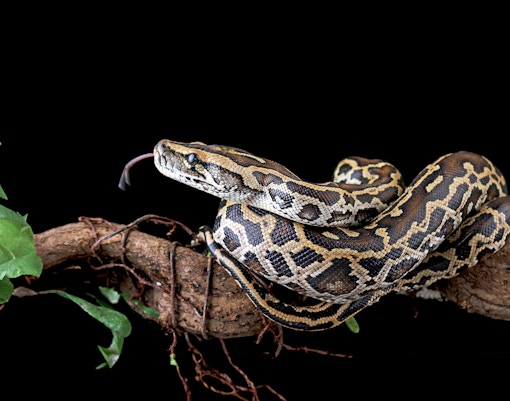
Burmese Python
An invasive species, the Burmese Python is a major threat to native wildlife in the Everglades. These large constrictors have no natural predators in the region and prey on birds, mammals, and even alligators.
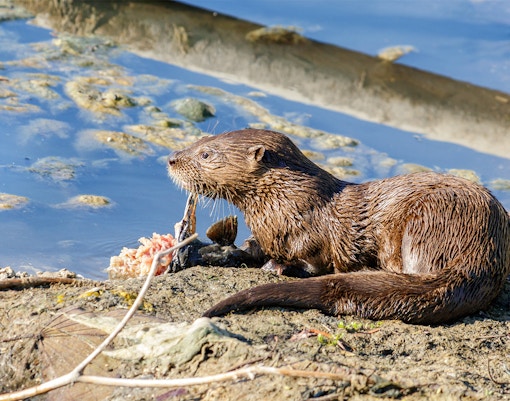
River Otter
Playful and curious, river otters are sometimes seen swimming or sliding into the water. They’re excellent swimmers and feed on fish, frogs, and small aquatic animals.
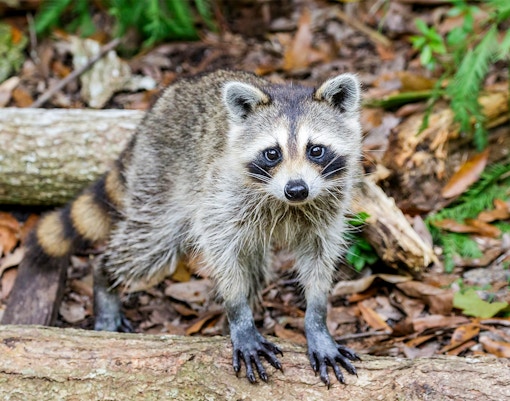
Raccoon
Common in the Everglades, raccoons are opportunistic feeders often found foraging near water. They’re mostly active at night, so try to spot them on a night airboat tour of the Everglades.
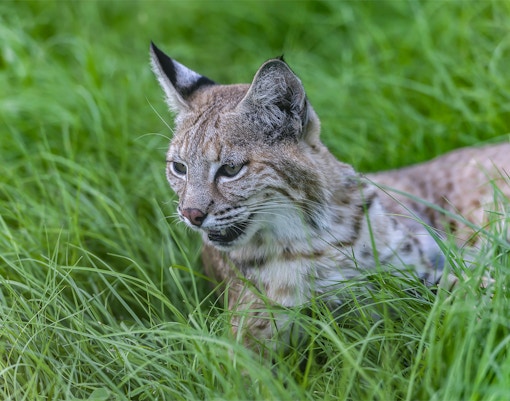
Bobcat
Smaller than the Florida panther, bobcats are solitary and mostly nocturnal. They are skilled hunters that prey on small mammals and birds.
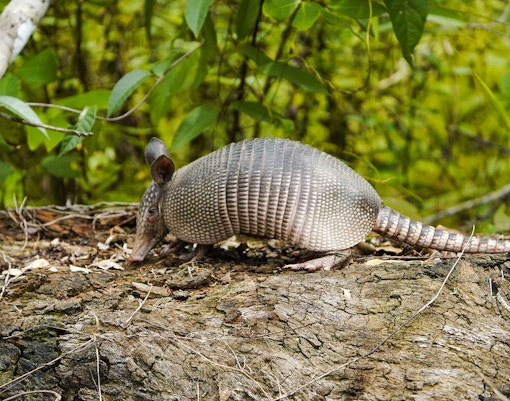
Nine-Banded Armadillo
These odd-looking mammals are covered in protective armor and can dig quickly when threatened. They are mostly active at night and feed on insects and grubs.
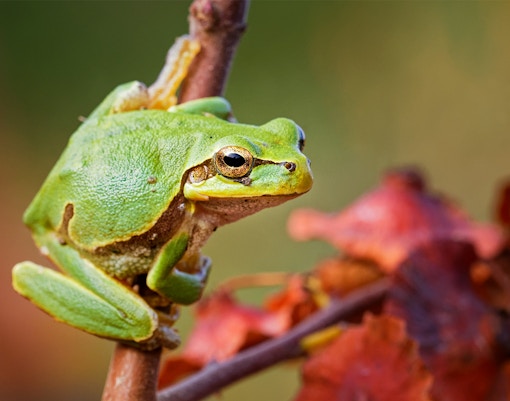
Green Tree Frog
A common sight (and sound) in the Everglades, the green tree frog clings to vegetation near water. It’s often heard more than seen, especially after rain.
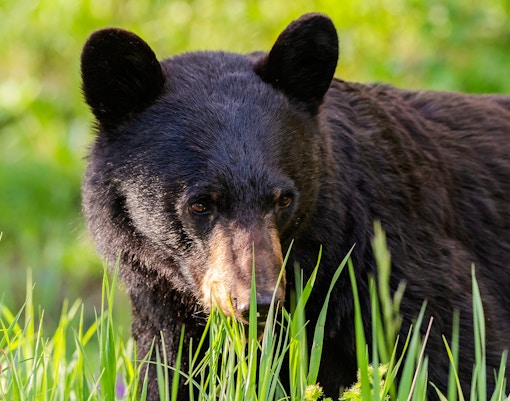
American Black Bear
Though not commonly encountered, black bears do inhabit the Everglades, mostly in the Big Cypress region. They are shy and tend to avoid humans.
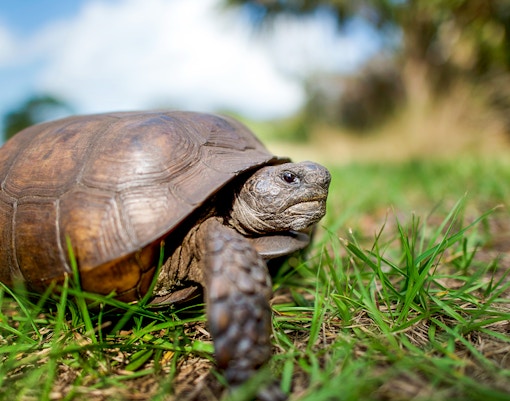
Gopher Tortoise
These land-dwelling tortoises dig deep burrows that also provide shelter to other animals. They are vital to the health of the upland ecosystems around the Everglades.
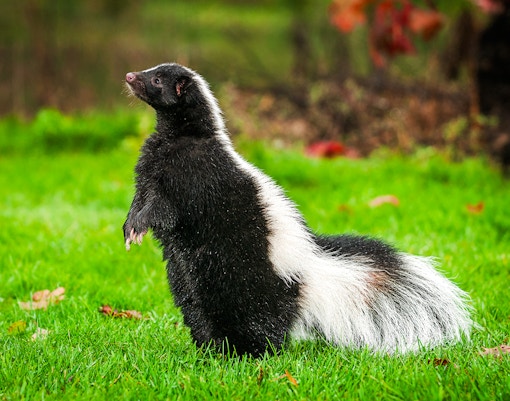
Striped Skunk
Skunks are present but elusive in the Everglades. Their distinctive markings and powerful scent glands make them easy to identify, just keep your distance!
